
Founded in 1976, SOPHYSA was the pioneer in the development of adjustable neurosurgical valves to treat hydrocephalus. Introduced in 1984, the Sophy® valve was the first adjustable valve in the World allowing non-invasive adjustment of operating pressures, to match an individual patient's changing clinical needs.
Acquired in 1989 by the Japanese tkb Group, SOPHYSA expanded quickly in France, and abroad, gaining global recognition in the field of Neurosurgery.
In 2004, SOPHYSA launched the Polaris® valve, the first adjustable valve with a lock, specifically designed to resist unintentional changes in operating pressure – a milestone in adjustable valve safety. Polaris® offers the patient an unequalled security against the clinical risks associated with those dysadjustments.
In 2005, SOPHYSA introduced Pressio®,a user-friendly Intra-Cranial Pressure monitoring system for neurosurgery and neurotrauma, bringing the continuous intracranial pressure monitoring to a new level of performance and ease of use.
As a neurosurgery specialist, SOPHYSA manufactures and markets a wide range of neurosurgical implants for the treatment of hydrocephalus, including various types of valves, catheters, reservoirs and accessories, a range of ICP sensors and external drainage systems, as well as subcutaneous spinal access ports.
SOPHYSA markets its products worldwide through an international network of exclusive distributors. In France and Benelux, SOPHYSA products are marketed by direct sales representatives.
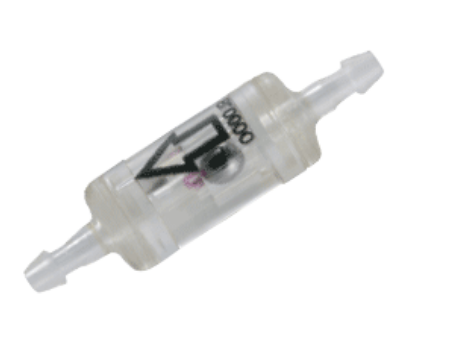
The device incorporates a ball-in-cone mechanism, well known for its precision and reliability.
It is placed downstream of a CSF shunting valve for the treatment of hydrocephalus, giving it additional resistance depending on the position of the patient. This makes it possible to limit the siphon effect during CSF drainage when the patient stands up.
A tantalum weight ball presses on a ruby ball, which occludes the aperture for the passage of the CSF.
When SiphonX® is in the vertical position, the ruby ball is subjected to the full weight of the tantalum ball, occludes the anti-siphon aperture and the device adds 200 mmH 2O to the operating pressure of the valve.
When SiphonX®is in the horizontal position, the ruby ball is not subjected to the weight of the tantalum ball and so does not occlude the aperture of the anti-siphon device.
In this horizontal position, the device is therefore open and does not add any additional resistance to the operating pressure of the valve.
For all intermediate positions, SiphonX® adds a resistance which depends on the angle of inclination.
By design SiphonX®is not affected by the implantation height relatively to cerebral ventricules.

The Adjustable Sophy® Mini valve is a high-precision device of unparalleled simplicity.
The principle of the Sophy® valve resides in the variation in pressure exerted on a ball by a semi-circular spring at various points along its circumference. The spring is attached to a magnetic rotor which position can be non-invasively changed using an adjustment magnet. A series of indentations allows a variety of positions to be selected, each position representing a different pressure setting.
Direct pressure reading is obtained using the adjustment kit compass: the compass needle is aligned with the position of the magnetic rotor.
In addition to the standard model (30-200 mmH 2O), Sophy® Mini SM8 also offers a unique special pressure range: one low pressure valve and two high pressure valves. Thus a choice is provided, depending on the experience of the practitioner, to meet very special needs
The Sophy® Mini SM8-140 and SM8 can be associated with SiphonX®, an anti-siphon device, which adds 200 mmH 2O in vertical position.

The Pulsar® valve is a monopressure valve for cerebrospinal fluid drainage. Its principle is based on the play of a silicone membrane, calibrated in low, medium or high pressure, ensuring a proximal regulation of the CSF flow through the shunt system.
The Pulsar® valve has an anti-reflux system, offers the possibility to test the shunt patency and gives access to CSF.
Cross section view of the valve mechanism
Direct x-ray identification of the operating pressure is possible thanks to radiopaque dots on the valve.
xx = 12 or 16 mm, depending on the size selected.

The Adjustable Sophy® Mini valve is a high-precision device of unparalleled simplicity.
The principle of the Sophy® valve resides in the variation in pressure exerted on a ball by a semi-circular spring at various points along its circumference. The spring is attached to a magnetic rotor which position can be non-invasively changed using an adjustment magnet. A series of indentations allows a variety of positions to be selected, each position representing a different pressure setting.
The Sophy® Mini Monopressure valve (SM1) is a low-profile high precision ball-in-cone valve. It has the small size, the shape of the Sophysa Adjustable Valves and is made of the same material.
Direct x-ray identification of the operating pressure is possible thanks to radiopaque dots on the valve.
The Sophy® Mini SM1 can be associated with SiphonX®, an anti-siphon device, which adds 200 mmH 2O in vertical position.
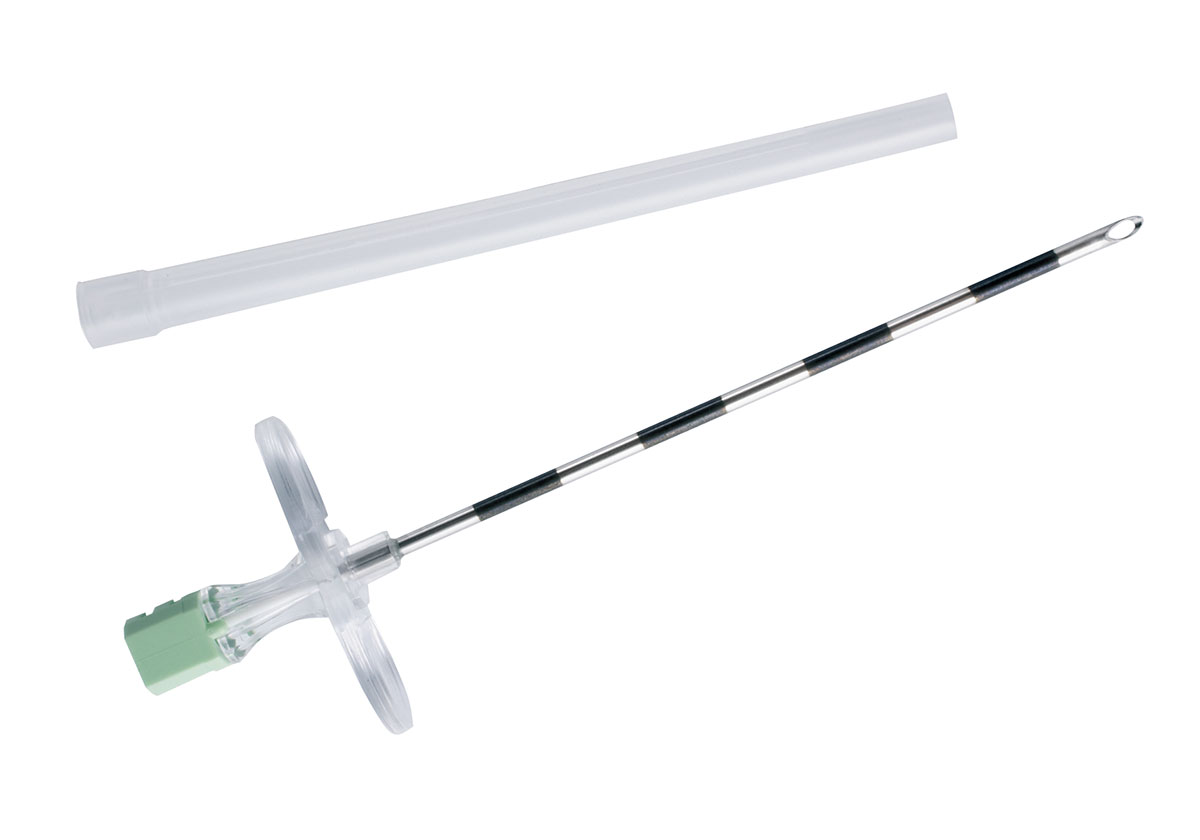
Tuohy Needle is used to insert the lumbar catheter.

TUD-30 Disposable Catheter Passer are used to introduce the distal catheter under the skin.
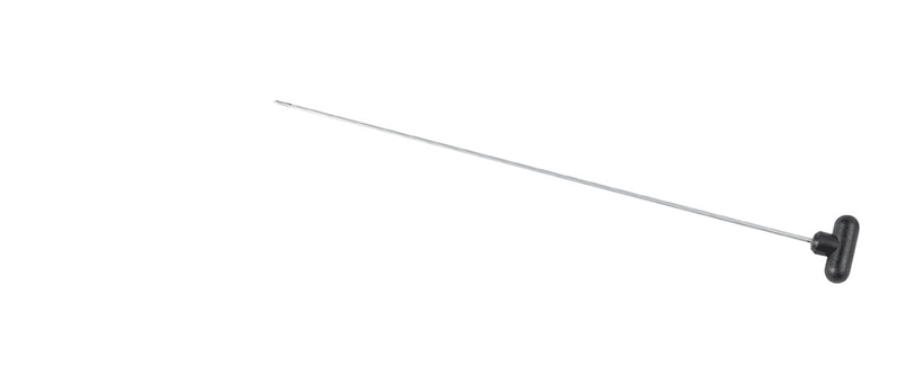
TUD-45 Disposable Catheter Passer are used to introduce the distal catheter under the skin.
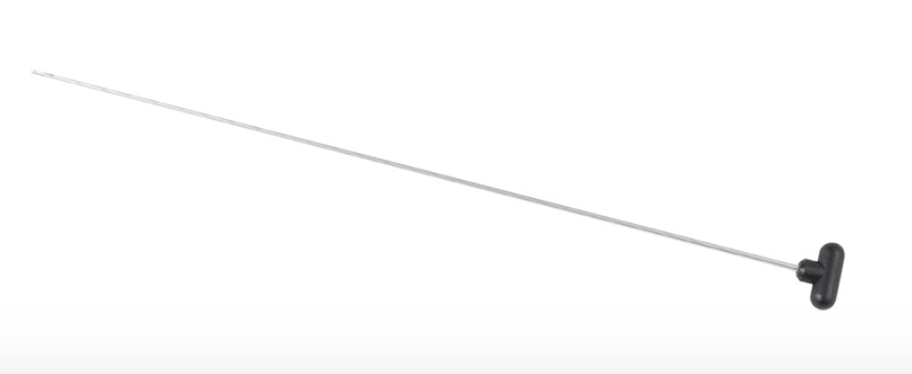
TUD-65 Disposable Catheter Passer are used to introduce the distal catheter under the skin.

TUG-45 Reusable Catheter Passer Sheath are used to introduce the distal catheter under the skin.

TUG-65 Reusable Catheter Passer Sheath are used to introduce the distal catheter under the skin.
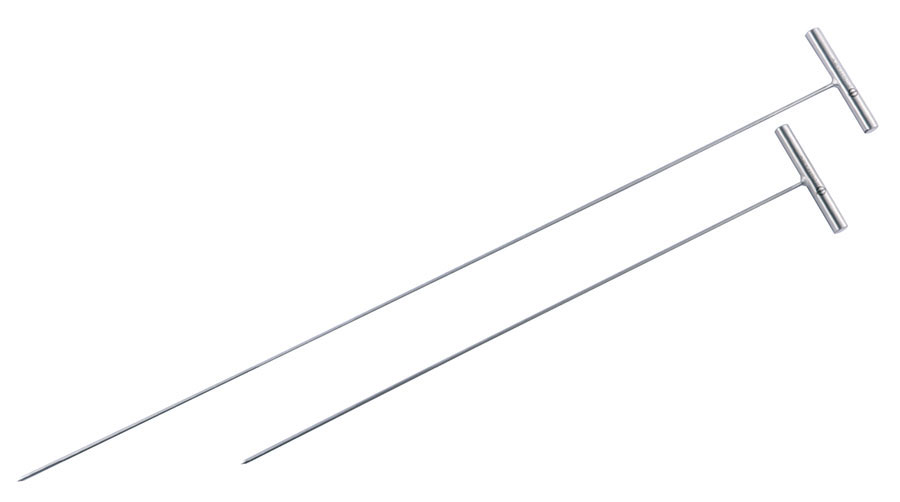
TUN-45 Reusable Catheters passers are used to introduce the distal catheter under the skin.

TUN-65 Reusable Catheters passers are used to introduce the distal catheter under the skin.

VR05 Burr Hole Type Convertible reservoirs are designed to be connected to a shunt, should this conversion become necessary.
For that purpose, they include a silicone lateral catheter closed at its distal end .This outlet catheter may be cut and connected to a valve.